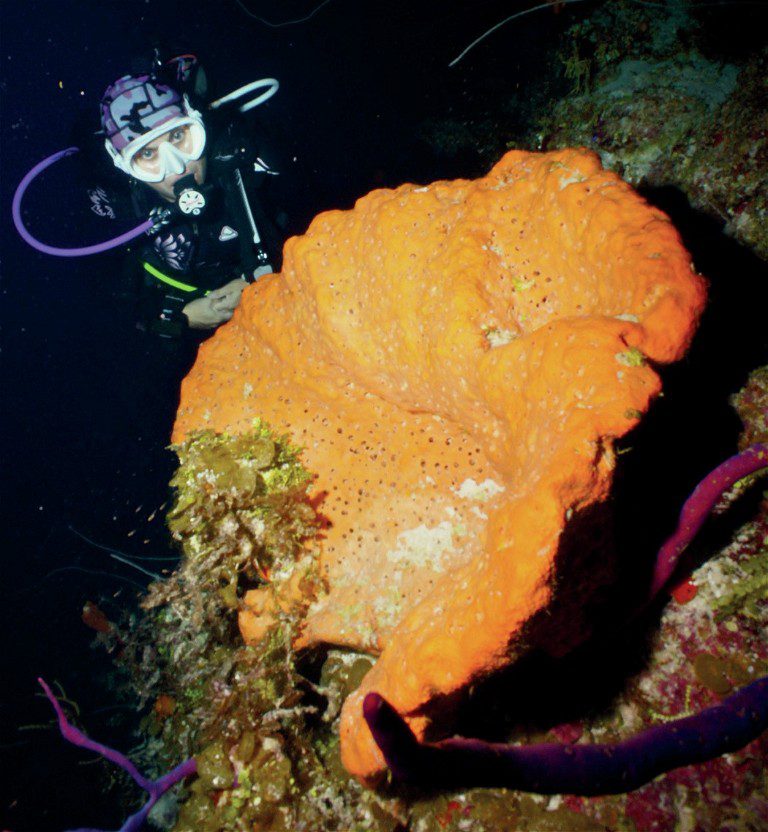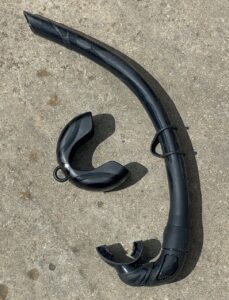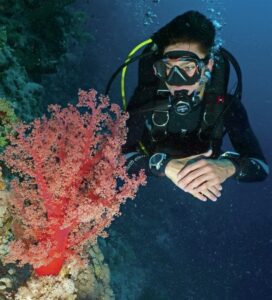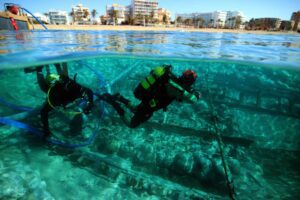Q: On a recent dive trip I touched a sponge and was not wearing gloves. The next morning I woke up with my hand swollen and itching. I didn’t think sponges were harmful – can they really cause a rash?
A: Most sponges are harmless and not associated with human illness. However, unprotected contact may result in an itchy rash that can develop in as little as ten minutes or up to a few hours following contact and may take several weeks to resolve. Symptoms can include itching, burning, localised swelling, blister formation and desquamation (shedding of outer skin layers). Rare systemic manifestations include fever, chills, malaise, nausea, vomiting and dizziness. Fortunately, most skin symptoms are relatively mild and are similar to dermatitis that can follow contact with other mildly toxic marine animals. Skin symptoms may result from allergic, sting or spicule-induced reactions, and differentiating among these potential sources can be difficult.
Reactions may be the result of contact with organisms that colonised the sponge, such as other echinoderms, cnidarians (including polyps) or bristle worms. These sorts of reactions are known as ‘sponge diver’s disease’. A few sponge species are known to cause severe reactions; these include the Hawaiian or West Indian fire sponge (Tedania ignis) and the poison bun sponge (Neofibularia nolitangere). Signs and symptoms of contact are more likely in areas of the skin with existing lesions, open wounds and or when contact is made with the silica or calcium-carbonate spicules embedded in the sponge’s structural tissue.
Gently dry the affected area and remove any foreign material. Spicules should be removed if possible using adhesive tape, a thin layer of rubber cement or products used for facial peels. Soak the affected area with vinegar for ten to 30 minutes, three or four times a day. Wash the skin with soap and water, and keep it clean, dry and exposed to air. Leave blisters intact and monitor for signs of infection. Steroid ointments may prove useful in reducing skin irritation, and a tetanus vaccination or booster may be recommended. Medical management may include corticosteroids, antihistamines or other medications used for severe reactions.
Avoid direct contact with sponges — don’t handle them with bare hands. Dry sponges may remain toxic or regain toxicity upon rehydration. Those providing first aid should wear protective gloves to minimise the risk of skin irritation from stings or contact with spicules.
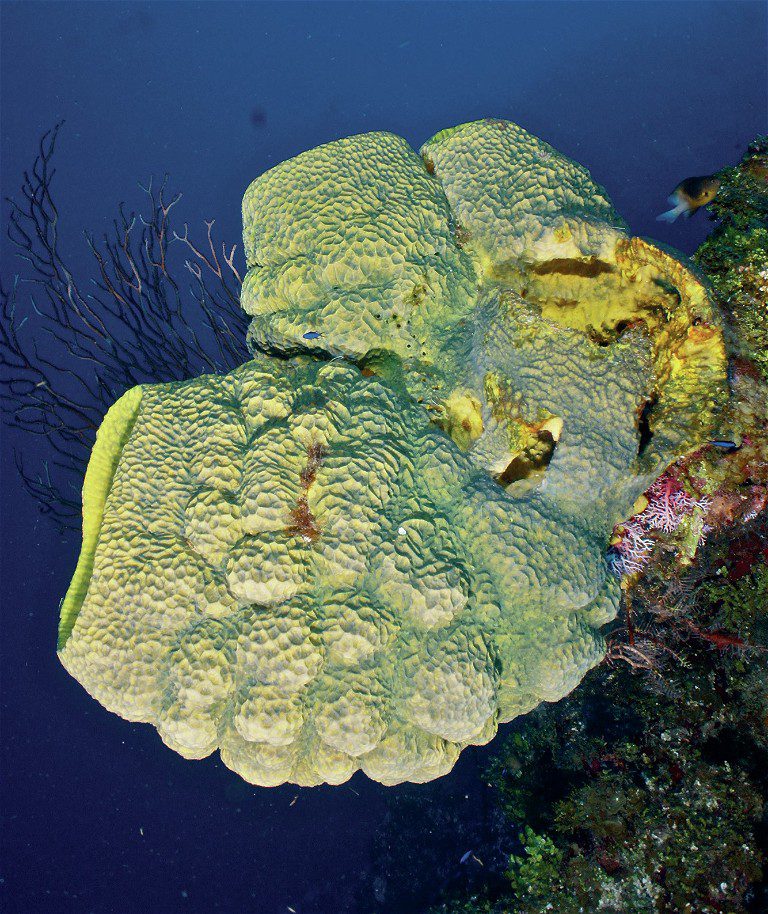
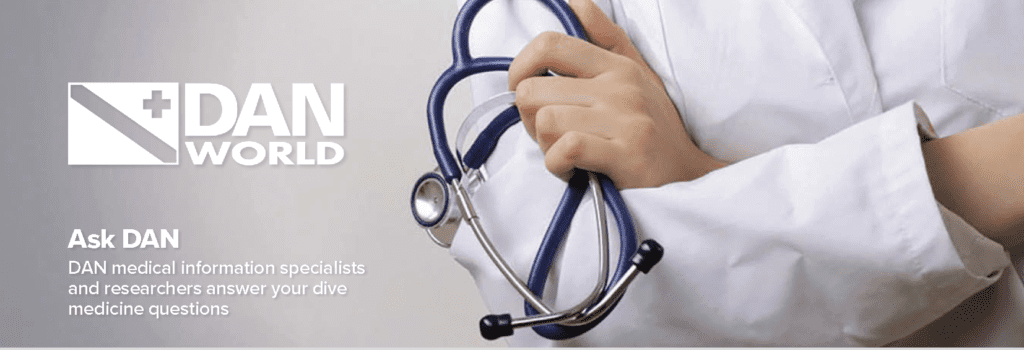
This article was originally published in Scuba Diver UK #75.
Subscribe digitally and read more great stories like this from anywhere in the world in a mobile-friendly format. Link to the article
